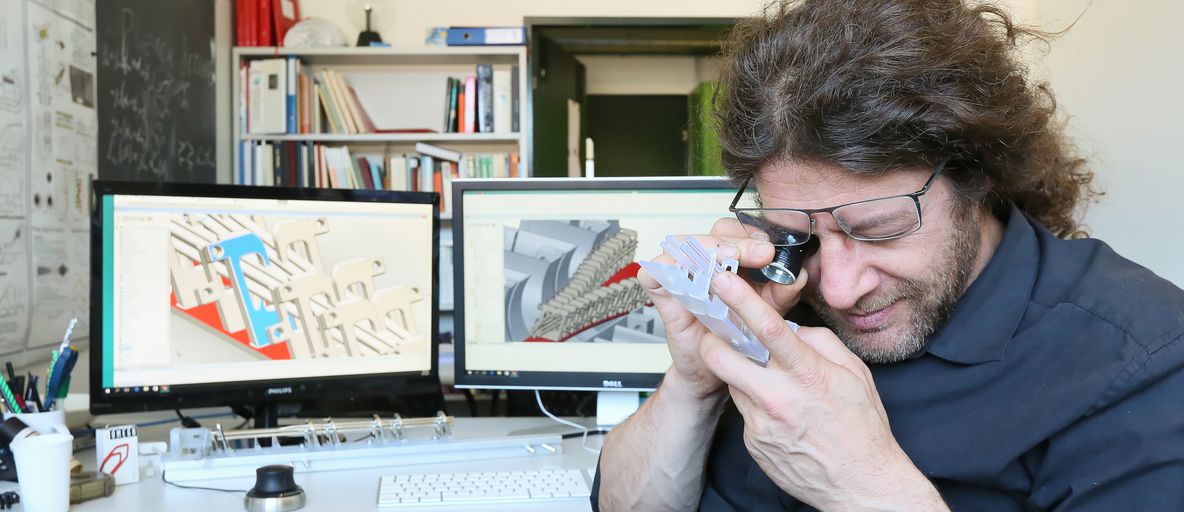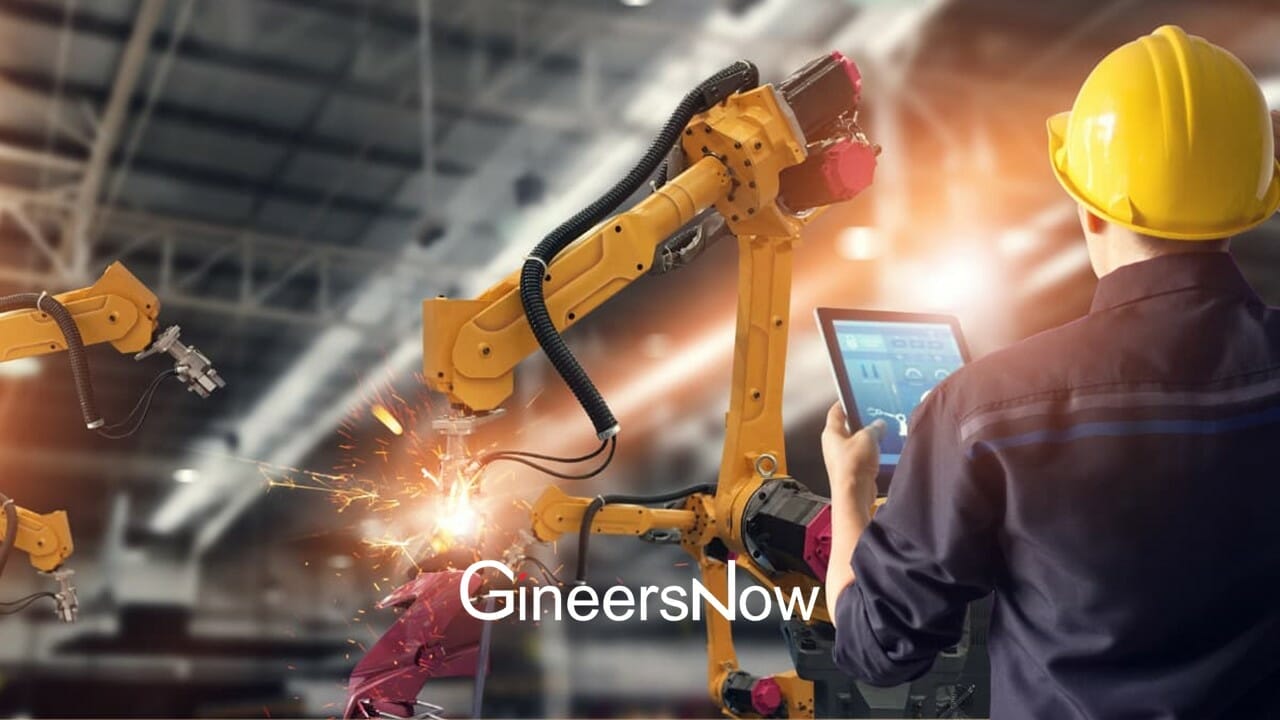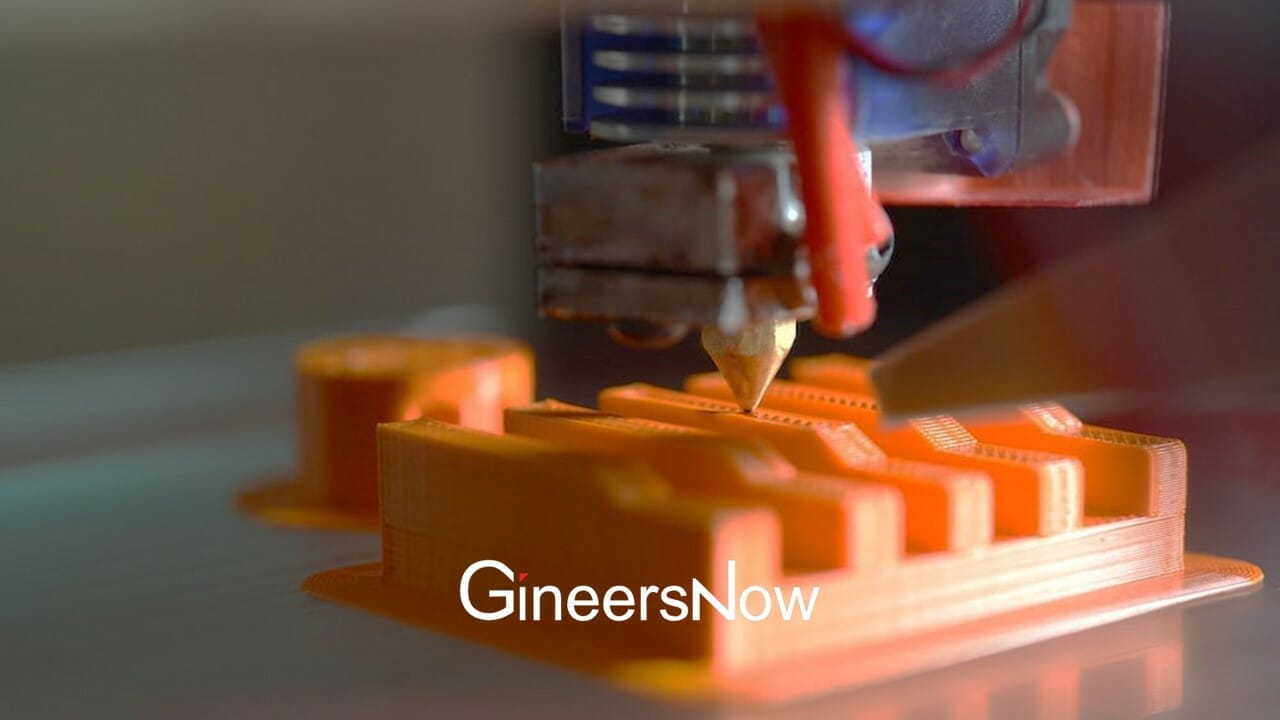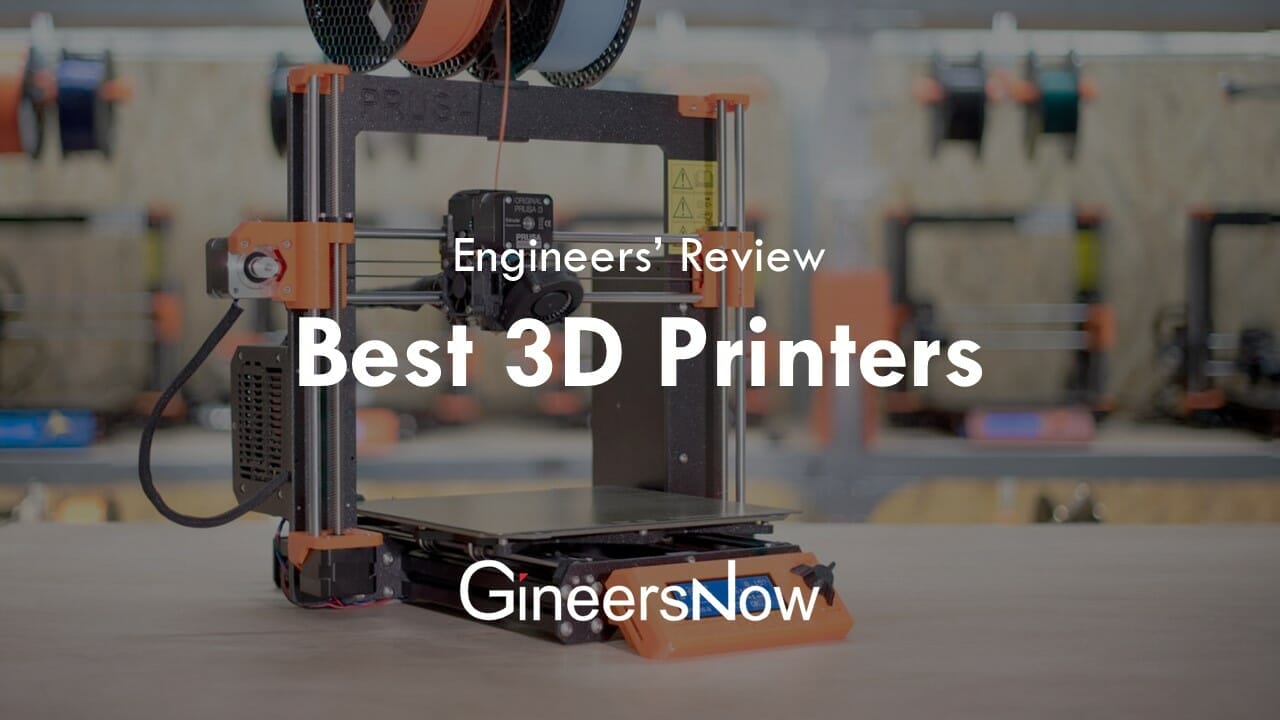Experimental machines are the most useful yet the hardest to make. It can take several months, or even years to create any sort of experimental setup or equipment, as A, they have never been built before, and B, the process required to create them can be extremely complex.
However, thanks to Andreas Osterwalder, scientists now have the option to speed up and lower the cost of producing these kind of setups, using 3D printing and electroplating.
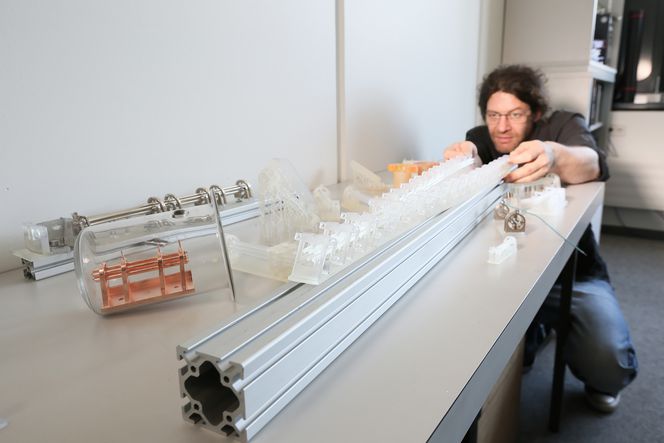
Source: Formlabs
Osterwalder was looking to create a macroscopic beam splitter for his experiment on molecular interactions in absolute zero. He knew that creating such equipment will take a lot of time and money, so he was looking for a way to cut the time and cost.
He had become aware of the existence of 3D printing back in 2009, but at the time, the technologies were either not precise enough, or too expensive. Finally, after 6 years of trying to figure it out, the Form 2 SLA 3D printer launched in 2015, and had everything he needed. “SLA 3D printing is all about resolution,” Osterwalder said. “This makes it easy for me to focus on generating complex structures, which will practically look exactly the same when they come out of the printer.”
Now, the new problem was, Osterwalder needed to find a way to electroplate his creation. While electroplated metals are easy to create, 3D printers only print using plastic.
Osterwalder needed to find a way to electroplate the 3D printed plastic. In his search, he found Galvotec, a Swiss company founded in 2012, which is the only company in Switzerland that could do just that. So he took a few days to design his beam splitter, printed the parts in his own lab for a day and a half, and finally had the parts given to Galvotec to electroplate them with nickel in only a day. This means he had his beam splitter done in just a few weeks, if you including the time it took to ship the parts back and forth.
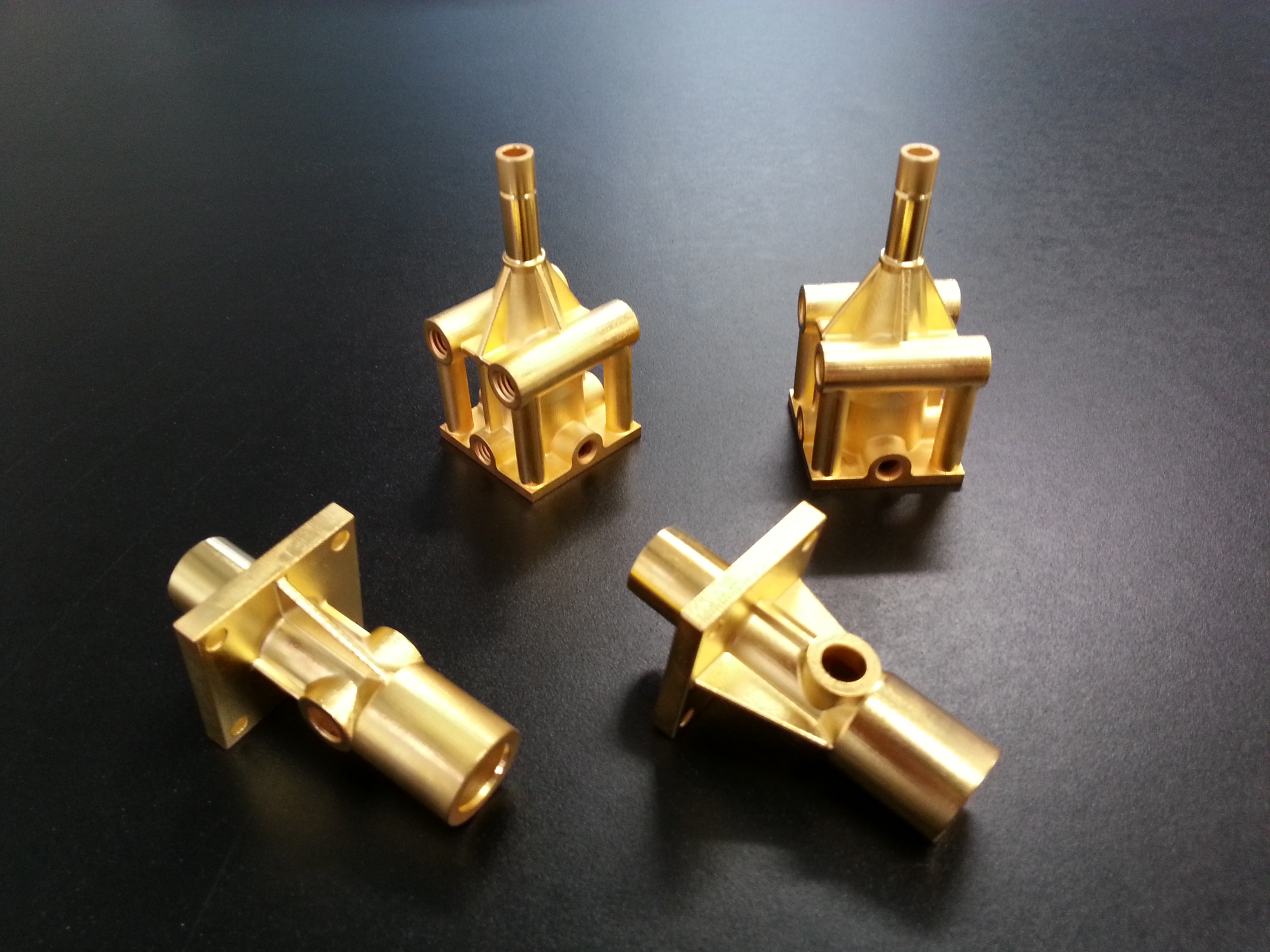
Source: Formlabs
The potential of 3D printing technology and electroplating plastics could be a revolutionary tool for scientists around the world to create tools and equipment at a faster rate and time, or even ones that would be impossible to create otherwise.
“In almost any field of research, duplicating the exact same experiment is crucial for verification and further investigations. 3D printing could allow us to create a flexible system, built like LEGO blocks, in which each part is 3D printed and can be duplicated,” says Osterwalder. He hopes that one day, other technological institutes would be able to conduct, create, and reproduce experiments by just simply transferring an STL file.
Source:
Formlabs


